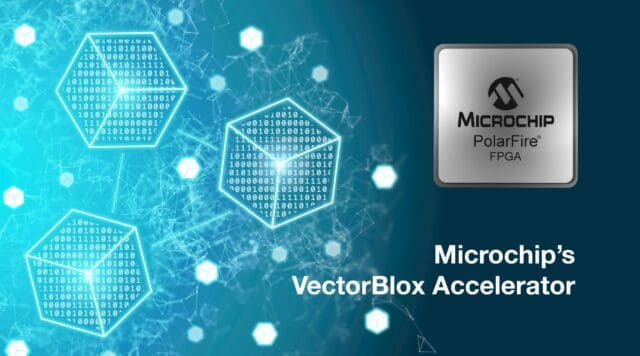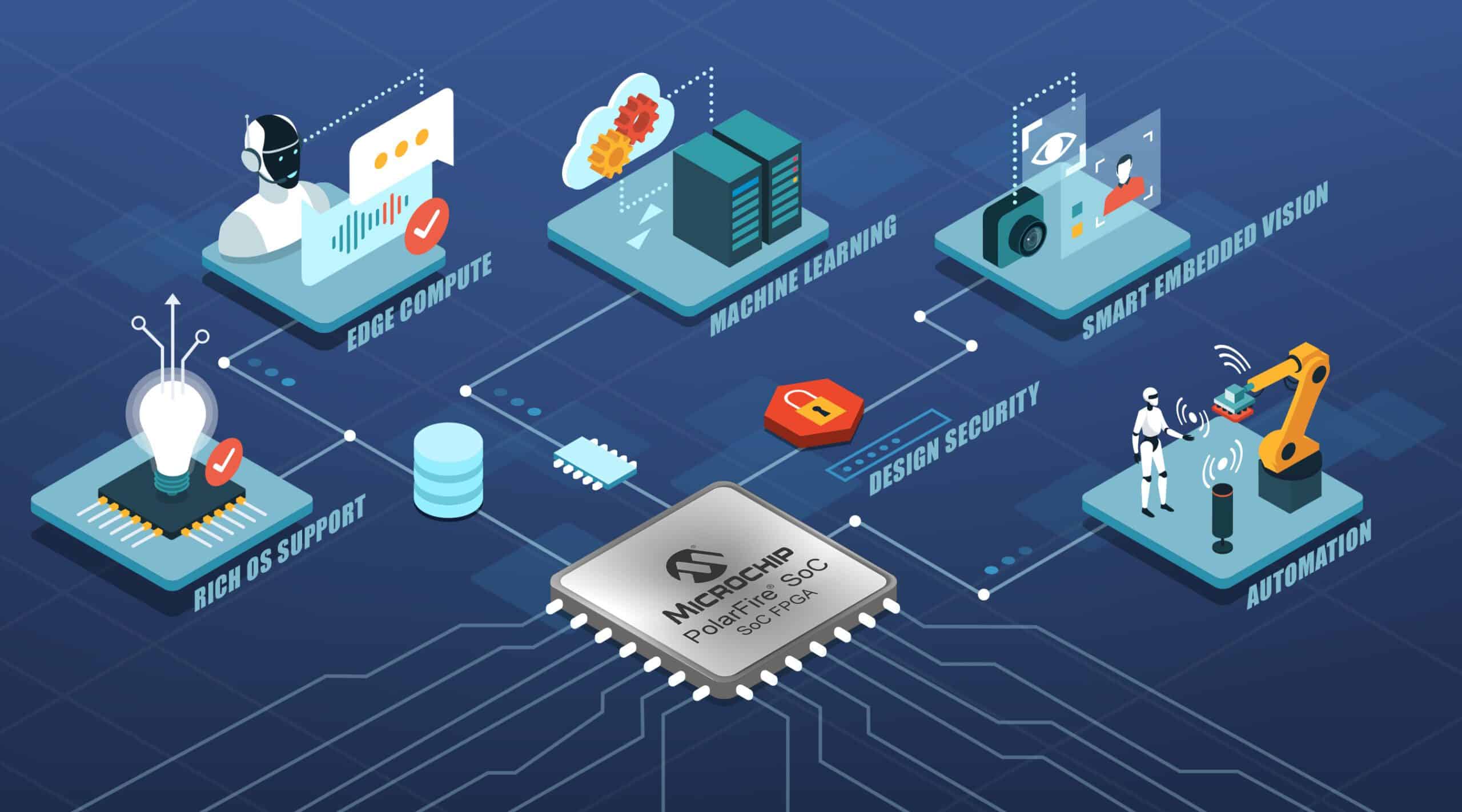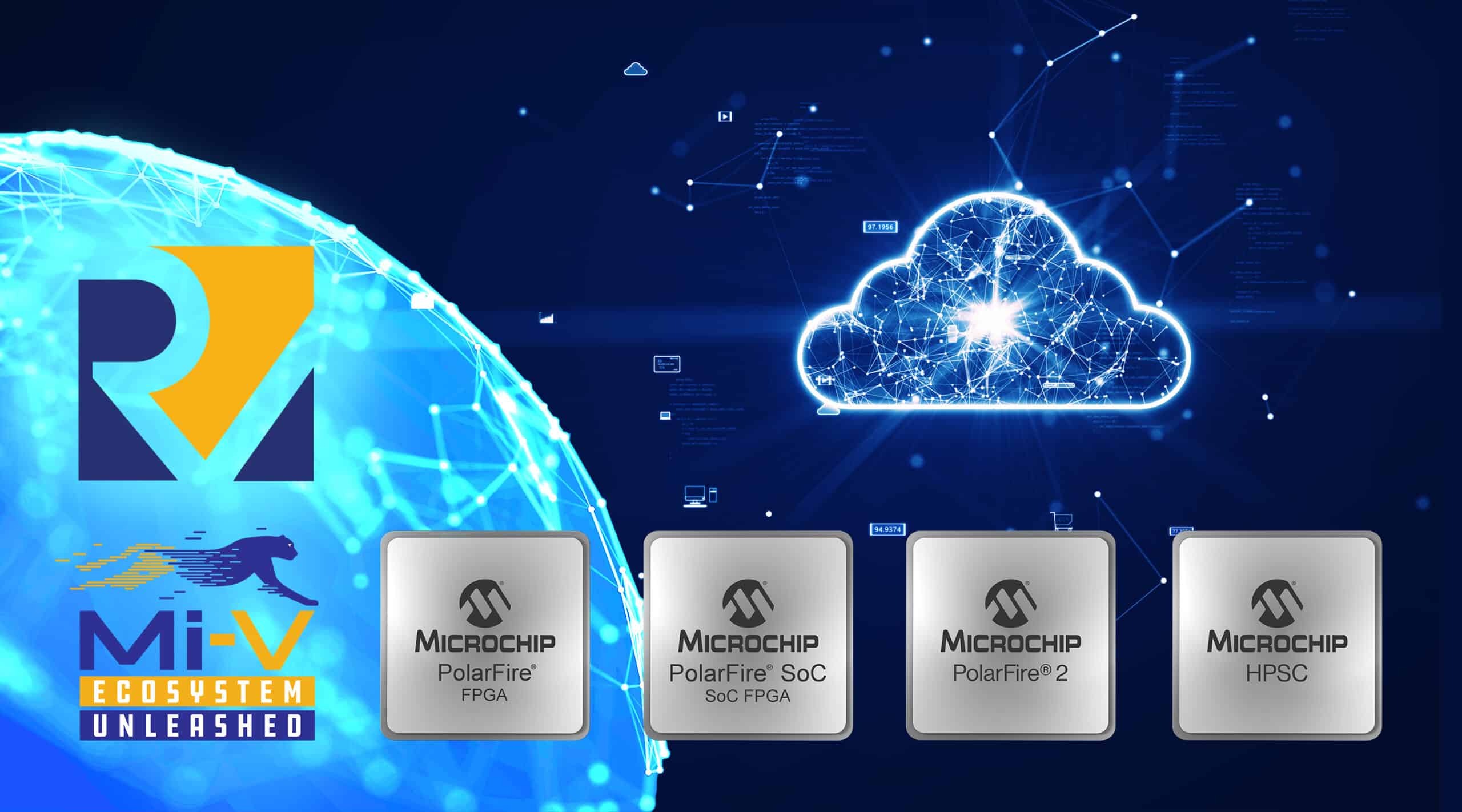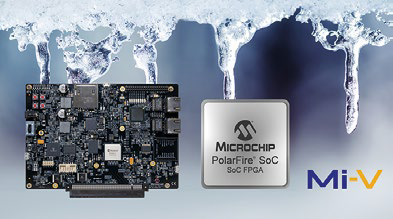Microchip's VectorBlox IP and SDK provide an easy way for software developers to program a trained neural network without prior FPGA knowledge
The rise of artificial intelligence (AI), machine learning and the Internet of Things causes applications to move to the edge of the network where data is collected and this requires solutions with efficient consumption to provide greater computing capacity in an increasingly smaller size and with more thermal limitations. Microchip Technology Inc. (Nasdaq:MCHP), through his initiative Smart Embedded Vision, covers the growing need for power-efficient inference for edge applications, thus making it easier for software developers to implement their algorithms on FPGAs (field-programmable gate arrays) PolarFire®. An important addition to Microchip's portfolio of solutions in this segment is the VectorBlox Accelerator software development kit, which helps developers take advantage of Microchip's PolarFire FPGAs to build applications on top of low-power neural networks based on a flexible overlay without the need for to learn a flow of tools for FPGA.
FPGAs are ideal for edge AI applications, such as inference in power-constrained computing environments, because they can perform more gigaoperations per second (GOPS) with far greater efficiency than a central processing unit (CPU) or memory unit. graphics processing (GPU), but require specialized knowledge of hardware design. Microchip's VectorBlox Accelerator Software Development Kit is designed to enable developers to code in C/C++ and program power-efficient neural networks without prior FPGA design experience.
The toolkit is very flexible and can run models in both TensorFlow and ONNX (open neural network exchange) formats, which offer the highest degree of interoperability with the environment. ONNX is supported by many frameworks, such as Caffe2, MXNet, PyTorch, and MATLAB.®. Unlike other FPGA solutions, Microchip's VectorBlox Accelerator Software Development Kit is compatible with Linux operating systems® and Windows® and incorporates a one-bit precision simulator that gives the user the opportunity to test the accuracy of the hardware while in a software environment. The neural network IP included in the kit also allows loading different network models during runtime.
“For software developers to take advantage of the power efficiency of FPGAs we need to remove the hurdle of having to learn new FPGA architectures and proprietary tools, as well as give them the flexibility of solutions for different environments and networks,” said Bruce Weyer. , vice president of Microchip's FPGA business unit.
“Microchip’s VectorBlox Accelerator SDK and Neural Network IP Core will offer software and hardware developers a way to implement a convolutional neural network architecture with an extremely flexible overlay on PolarFire FPGAs, building on the which have a greater facility to build and implement their systems in the periphery for AI and that offer the best characteristics within their category in terms of dimensions, thermal and consumption”.
For edge inference, PolarFire FPGAs reduce overall power consumption by up to 50% compared to competitive devices, while offering 25% higher throughput math blocks that can achieve up to 1,5 teraoperations per second ( TOPS). By using FPGAs, developers also have more options for customization and differentiation due to the devices' inherent upgradeability and ability to integrate features onto a single chip. The PolarFire FPGA neural network IP is available in different sizes to balance performance, consumption, and package size in the application, allowing customers to deploy their solutions in packages starting at 11×11 mm.
Microchip's Smart Embedded Vision initiative was launched last July to provide hardware and software developers with tools such as Intellectual Property (IP) cores and cards to meet the small footprint and thermal requirements of applications in the periphery. Thanks to the lower power consumption of PolarFire FPGAs compared to other solutions, customers can eliminate the need for fans. PolarFire FPGAs also offer functional integration for a customer's design. For example, in applications such as a smart camera, PolarFire FPGAs can integrate the image signal channel, consisting of the sensor interface, the DDR controller, the image signal processing (ISP) IP, and the network interfaces, all of which integrate machine learning inference.








